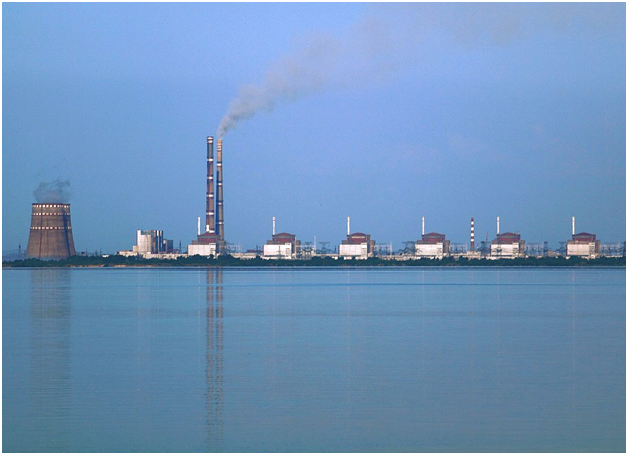In my last post, I talked about how there is a civil war brewing in Ukraine over Russian involvement in Ukrainian affairs. There is a substantial Russian minority in Ukraine. During the Soviet years, Ukraine was the second most powerful member of the Soviet Union after Russia but it was ultimately controlled by the central Soviet government. Since the dissolution of the Soviet Union, Russia has often exerted strong influence over Ukraine politics via its economic and technical assistance.
Last year, the Smolino site in Kirovograd Region of Ukraine was being prepared for the construction of nuclear fuel production plant. The plant is supposed to begin producing nuclear fuel in 2020 and it is hoped that it will ultimately be producing eight hundred fuel assemblies per year. A joint venture company was formed to build the plant. The Nuclear Fuel State Concern of Ukraine and TVEL, a subsidiary of Rosatom, the Russian state enterprise are partners in the new company. Seventy percent of the cost of the project is to come in the form of a Russian loan and the rest from investors of the two countries. TVEL beat out Westinghouse in 2010 for the international tender issued by Ukraine.
Advanced Russian nuclear fuel technology referred to TVSA-12 fuel assemblies has already been introduced in Ukraine reactors. The new Ukraine nuclear fuel plant will utilize the TVSA technology to produce nuclear fuel. There will be a WWER-1000 nuclear reactor at the plant.
Ironically, the Smolino nuclear fuel plant is being advertised by TVEL, the Russian half of the joint partnership, as a way for Ukraine to become independent of the need for outside energy assistance. (Perhaps TVEL means independent of help from anyone but Russia.) Russia is pushing hard to become a major supplier of nuclear technology to other countries in Eastern Europe and TVEL says that both Russia and Ukraine will benefit from this partnership to produce nuclear fuel. Ukraine gets fifty percent of its power from nuclear power so the ability produce its own nuclear fuel would be advantageous. Ukraine is currently dependent on massive imports of natural gas from Russia. There is also the claim that this new plant will produce more jobs for Ukraine.
This is the first such major nuclear project between Russia and Ukraine. It was hoped that this project would be the beginning of a continuing partnership in the production of nuclear fuel and nuclear technology for export to other countries. On the other hand, a Russian nuclear expert expressed doubts that this fuel plant would have a major impact on the nuclear market in Eastern Europe because the fuel assemblies that it produces will be mainly used in the Ukrainian reactors. It is also clear that the deep involvement of the Rosatom subsidiary, TVEL, will mean that Russia will exert major influence in the management of the nuclear fuel plant. So much for Ukrainian energy independence.
The big question is what effect a change of government in Ukraine will have on this partnership. With the hostility of the protester in Ukraine to the involvement of Russia in Ukrainian affairs, it very well may turn out that even if the nuclear fuel plant is completed, further partnerships between Russia and Ukraine in the nuclear marketplace will not materialize.
Smolino nuclear fuel plant in Ukraine:






